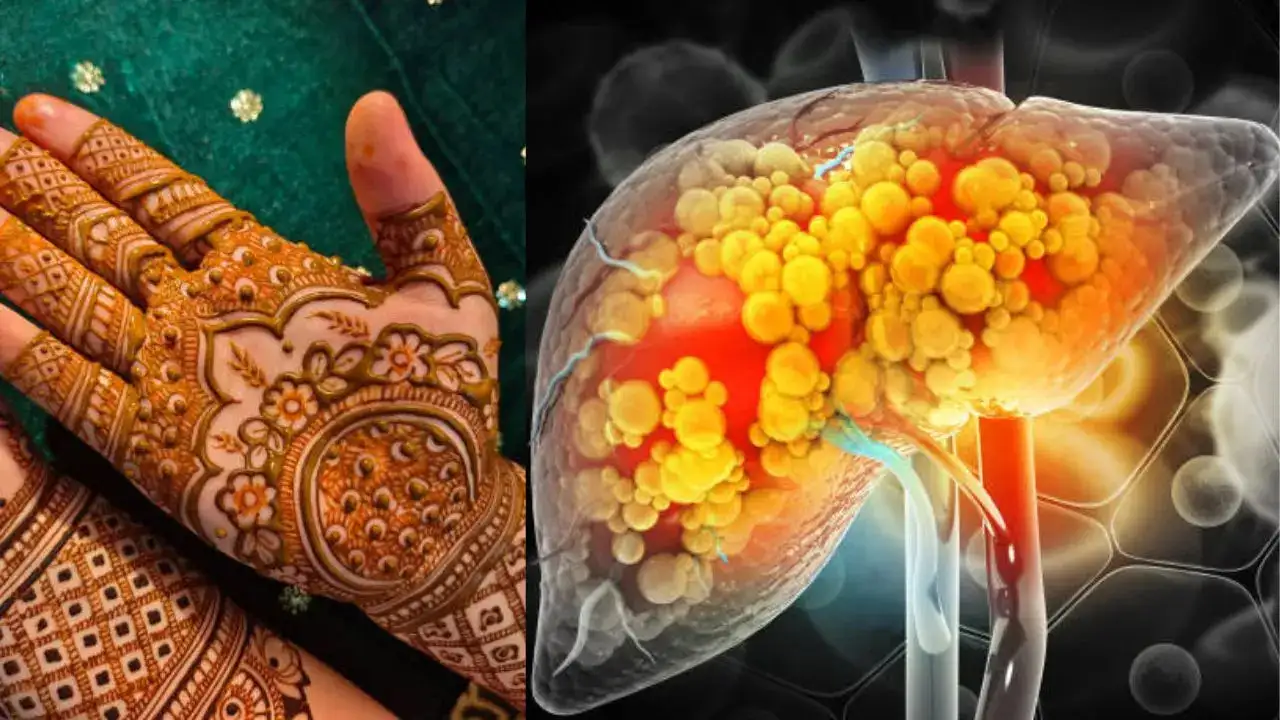Copyright timesnownews

Natural henna – known to change the colour of your skin and clothes can now also treat dangerous and deadly liver diseases. According to scientists from Osaka Metropolitan University, the pigments extracted from the dye, also known as Lawsonia inermis, can specifically treat liver fibrosis - a disease that causes excess fibrous scar tissue to build up in the liver as a result of chronic liver injury caused by lifestyle choices such as excessive drinking. Scientists say those with liver fibrosis have increased risks of cirrhosis, liver failure, and cancer. Despite 3 to 4 per cent of the population having an advanced form of the disease, treatment options have always remained limited. How was the study conducted? The University developed a chemical screening system that helps identify substances that directly act on activated hepatic stellate cells or HSCs, which maintain balance in your liver. Using the system, they identified Lawsone as a potential inhibitor of HSC activation. When Lawsone was administered to the mice, they showed reductions in markers of liver fibrosis like YAP, αSMA, and COL1A. Scientists of the study, which was published in the journal Biomedicine & Pharmacotherapy, also said they found upregulated cytoglobin - a marker associated with antioxidant functions in HSCs, which means that these cells were reverting back toward normal ones. The scientists believe that by making drugs based on Lawsone, they could create the first treatment that controls and even improves fibrosis. “We are currently developing a drug delivery system capable of transporting drugs to activated HSCs and ultimately hope to make it available for patients with liver fibrosis. By controlling fibroblast activity, including HSCs, we could potentially limit or even reverse the effects of fibrosis,” said Dr Atsuko Daikoku, Graduate School of Medicine, Osaka Metropolitan University. What is liver fibrosis? Liver fibrosis is the development of excessive scar tissue in the liver due to chronic injury or inflammation. This scarring replaces healthy liver tissue, impairs liver function, and can progress to more severe conditions like cirrhosis, liver failure, or liver cancer if left untreated. Experts say it often has no symptoms in its early stages, and the main goal of treatment is to address the underlying cause. What are the signs and symptoms of liver fibrosis? Doctors say they do not often diagnose liver fibrosis in its mild to moderate stages. It happens because liver fibrosis does not usually cause symptoms until more of the liver is damaged. When a person progresses in their liver disease, they may experience symptoms that include: Appetite loss Difficulty thinking clearly Fluid buildup in the legs or stomach Jaundice Nausea Unexplained weight loss Weakness What causes fibrosis? Experts say the most common cause of liver fibrosis is nonalcoholic fatty liver disease, or NAFLD, while the second is alcoholic liver disease due to long-term excesses of drinking alcohol. Liver fibrosis occurs after a person experiences injury or inflammation in the liver. Several types of liver diseases exist that can cause fibrosis. These include: Autoimmune hepatitis Biliary obstruction Iron overload Non-alcoholic fatty liver disease Viral hepatitis B and C Alcoholic liver disease



